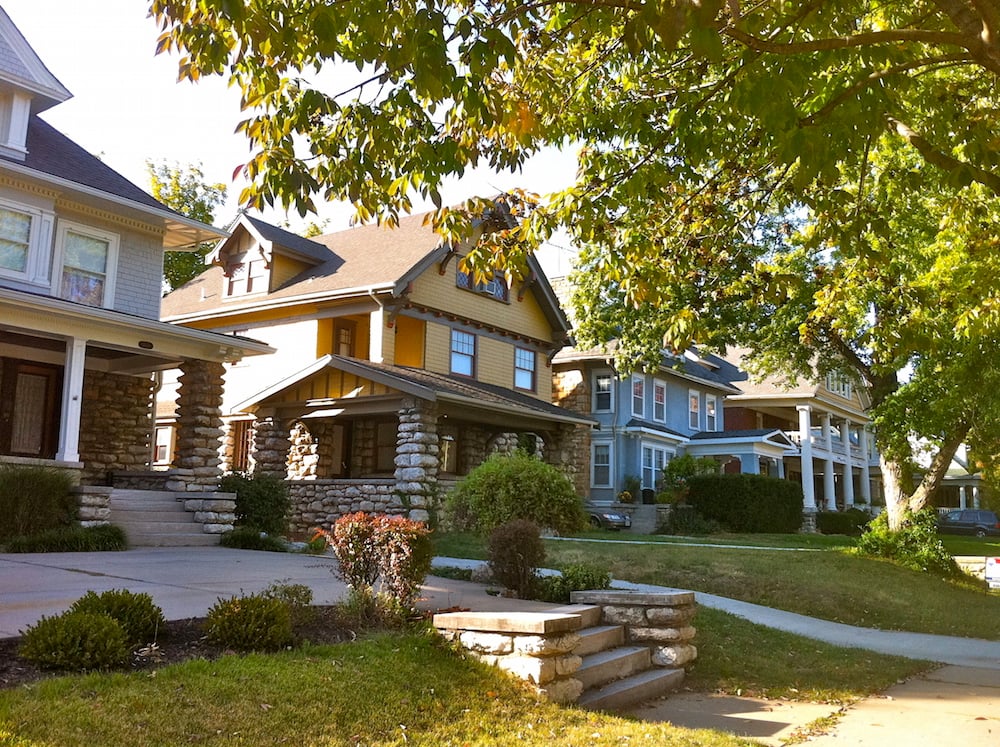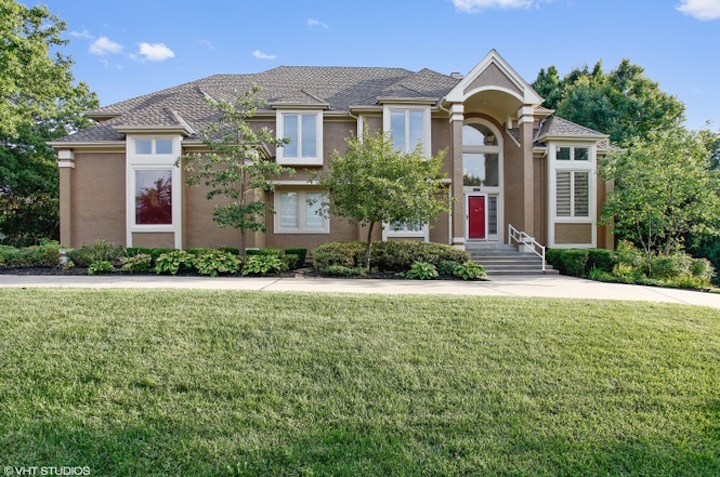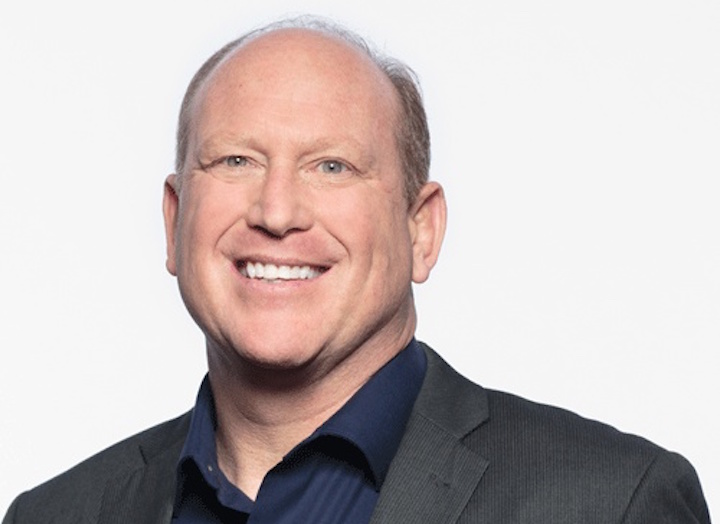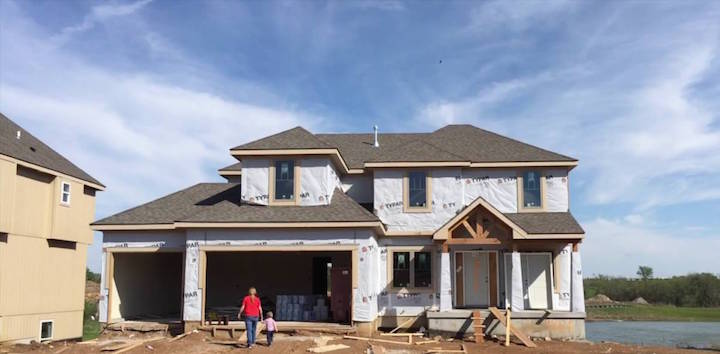Housing Vacancy Rate in Kansas City Metro Sees Historic Drop

by John Egan
October 17, 2016
To be sure, the population of the Kansas City, MO, metro area isn’t exploding like it is in places such as Dallas-Fort Worth, TX, and Raleigh, NC.
From 2010 to 2015, the population of the Kansas City metro area grew modestly, by less than 4 percent. By comparison, the population of Dallas-Fort Worth jumped by more than 10 percent during that period, and the population of Raleigh climbed by more than 12 percent.
Still, the Kansas City area is gaining residents, either through relocation or births. And those folks need somewhere to live.

Existing homes for sale are in relatively short supply in the Kansas City, MO, area.
Photo: Redfin
Housing Crunch
Thanks to the combination of population growth and sluggish homebuilding activity, vacant homes in the Kansas City area are essentially being gobbled up. In 2015, the vacancy rate for Kansas City housing -- single-family homes, apartments, condos and other dwellings -- hit its lowest level since at least 2005, a LawnStarter analysis of U.S. Census Bureau data found. Consistent data for pre-2005 home vacancies isn’t available from the Census Bureau.
Last year, the vacancy rate for housing in the Kansas City area dipped below 9 percent for only the second time during the 2005-2015 period, our analysis shows. The vacancy rate stood at 8.62 percent in 2015, compared with 9.54 percent the previous year and 10.94 percent at its peak in 2010.

Wayne Gray is a Redfin real estate agent in the Kansas City, MO, area.
Photo: Redfin
Wayne Gray, a Redfin real estate agent in the Kansas City area, partly attributes the decline in the vacancy rate to builders failing to keep pace with housing demand. In September 2016, the inventory of new homes for sale fell 7.2 percent from a year earlier, with the inventory of existing homes plummeting by 31.6 percent, according to the Kansas City Regional Association of Realtors.
“Builders are starting to realize that if they build it, people will buy it, but even with more construction, it’s still not yet enough to satisfy demand,” Gray says.
Lack of Starter Homes
Gray says the Kansas City market desperately lacks homes in the $200,000 range -- a price point that’s especially attractive to first-time buyers.
“A home will list on Monday and by the end of the day, 20 people will have toured it, and the sellers will have received multiple offers. That’s huge demand,” Gray says. “A lot of people who in previous years may have found a starter home to their liking are stuck renting while they compete to find a home for purchase.”

In the Kansas City, MO, area, home construction isn’t meeting the demand.
Image: Redfin
That then puts pressure on the rental market, contributing to the downward trend in the housing vacancy rate, Gray says.
“It’s hard to find a rental,” he says, “and it’s hard to find a starter home.”
Gray envisions that scenario being in place for the next two or three years.
“But remember that projections are just projections,” he cautions. “Things can change.”
Embed this chart on your site! (copy the code below)